Best Practices Articles

How Do Your Channel Sales Work?
Every company—for-profit or non-profit—relies on sales. Without sales, a business entity cannot exist. Even charitable organizations have fund raising events and solicit individual and corporate sponsors. So it is critical to understand what channel sales, or mechanisms, can generate sales for different kinds of organizations. In this article, we will explore a few basic kinds of sales channels and how they work. For the sake of simplicity, we will keep our focus exclusively on direct and indirect channels. While there are also various hybrid channels to consider, for the purposes of today’s discussion we will look only at direct and indirect channels.
Most companies begin their journey with a direct sales model and, depending on how they evolve, may or may not add indirect channels down the road. Once a company has validated its products and achieved consistent profitability, it may be time to leverage indirect channels, such as resellers, agents and value-added resellers, to reach a broader market more rapidly, and on a worldwide basis. In the case of direct sales, an organization will have to build marketing, sales and support teams—standard customer-facing functions we are all familiar with that work together to generate sales. However, when it comes to indirect or channel-based sales, an organization will need to have additional structures, such as channel marketing, channel sales and partner support.
A direct sales operation typically operates within multiple sub-channels, including online sales, retail sales, field sales, inside sales and more. Here are some prominent examples of channels within the direct sales model:
- Online sales is about setting up an online e-commerce store and selling to customers directly online.
- Retail sales involves setting up shops at various part of the country or world.
- Field sales focuses on setting up territories and assigning sales reps who go door-to-door or business-to-business to sell.
- Inside sales involves setting up a team that sells primarily over the phone, either by taking inbound calls or making outbound phone calls.
For selling most business-to-consumer products, companies tend to use only the online, retail and inside sales models. For selling products directly business-to-business, most companies tend to use a combination of all four sales channels. However, some B2C or B2B sales operations may end up using only a single sales channel that is most effective for them.
Things are somewhat different with indirect channel sales. The nature of indirect sales channels varies greatly depending on the industry. To make this clearer, let’s take a brief look at how indirect sales operations work in a few different industries:
- Automotive–We all know about car dealers, but there are also car repair shops, which focus on what is called automotive aftermarket. Automotive manufacturers like GM, Ford, Chrysler, BMW, etc. also function as a channel for companies that build components, such as steering wheels, brakes and dashboards. Automotive manufacturers are called Tier 1 manufacturers, and providers of components are called automotive suppliers.
- Insurance–Large organizations selling insurance typically sell policies either via brokers or via insurance agents. This is a very typical structure. An insurance broker will likely sell insurance policies from multiple organizations, while an agent may sell insurance from multiple organizations or perhaps only one specific insurance company.
- Healthcare–This is a very broad category covering equipment manufacturers, hospitals, service providers, doctors, pharmaceuticals, etc. These organizations tend to use a combination of channels to sell products or services. For example, pharmaceutical companies market and sell to clinics and hospitals to get them to provide their medications to patients, but they also market to doctors to get them to prescribe their medications to patients. In this context, doctors are important and potentially valuable influencers.
- Technology–Technology providers tend to use resellers, consultants, online sellers, value-added resellers, managed service providers and others as distribution points for their products and technology, which may cover hardware, software and services. In most cases, resellers of technology tend to add some level of value and create comprehensive solutions for their end-users.
- Manufacturers–This would include a variety of products sets ranging from restaurant equipment to heavy field equipment to laboratory devices –and just about anything in between. These providers of devices and equipment tend to market and sell to engineering houses, construction companies, wholesalers, resellers and other similar organizations.
Best Practices Guidebook
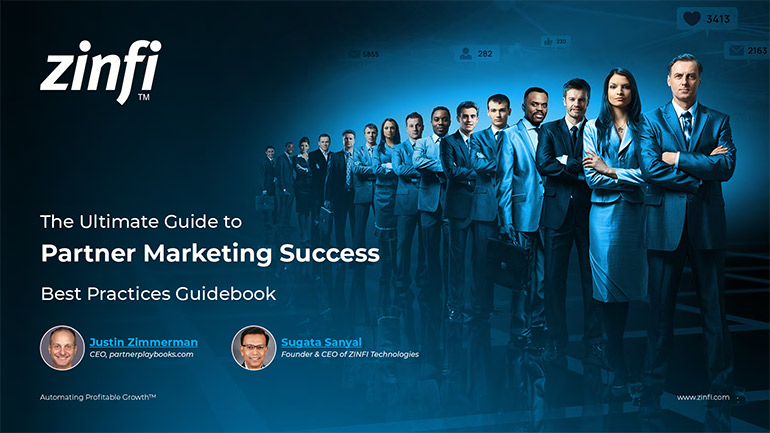 The Ultimate Guide to Partner Marketing Success Best Practices
The Ultimate Guide to Partner Marketing Success Best PracticesDownload Guide
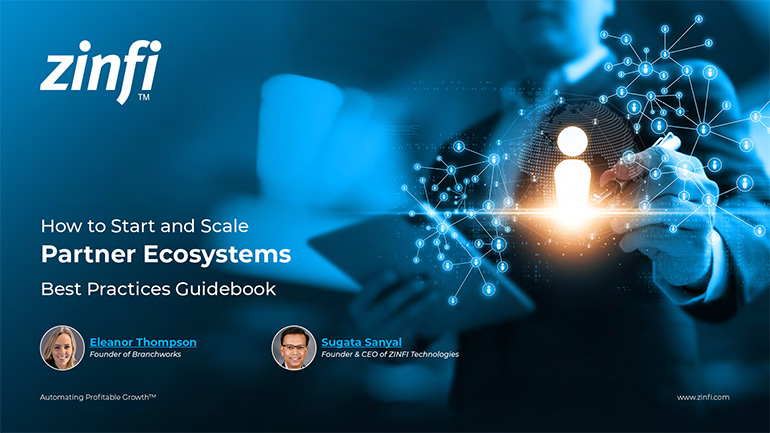 How to Start and Scale Partner Ecosystems Best Practices
How to Start and Scale Partner Ecosystems Best PracticesDownload Guide
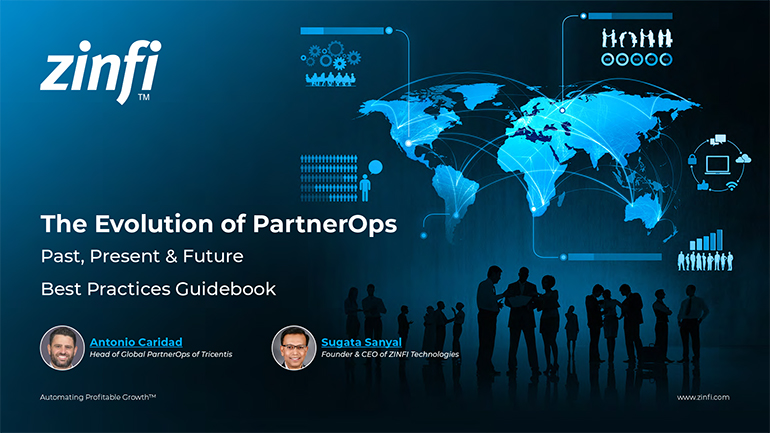 The Evolution of PartnerOps: Past, Present & Future Best Practices
The Evolution of PartnerOps: Past, Present & Future Best PracticesDownload Guide
 Mastering Channel Sales: Strategies, Best Practices, and Growth Tactics for 2025
Mastering Channel Sales: Strategies, Best Practices, and Growth Tactics for 2025Download Guide
 Winning with Partner Advisory Councils: Best Practices for Partner Engagement & Growth
Winning with Partner Advisory Councils: Best Practices for Partner Engagement & GrowthDownload Guide
 The Future of Partner Ecosystems Best Practices
The Future of Partner Ecosystems Best PracticesDownload Guide
 The AI Revolution: How Technology and Talent are Shaping the Future
The AI Revolution: How Technology and Talent are Shaping the FutureDownload Guide
 Top 105 Partner Management Metrics that Matter Best Practices
Top 105 Partner Management Metrics that Matter Best PracticesDownload Guide
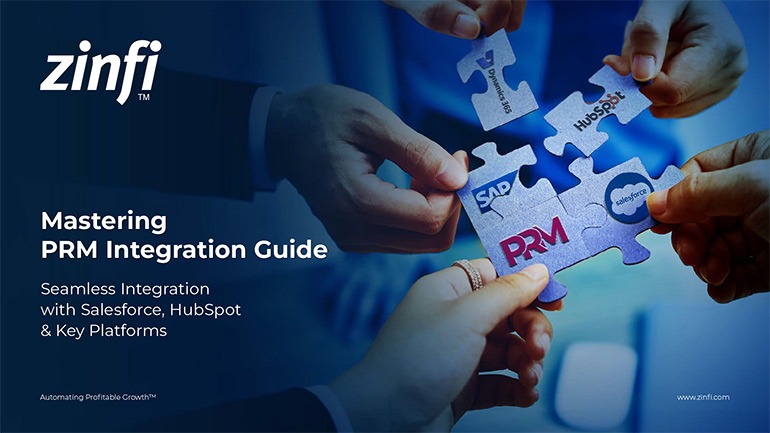 Mastering PRM Integration Best Practices
Mastering PRM Integration Best PracticesDownload Guide
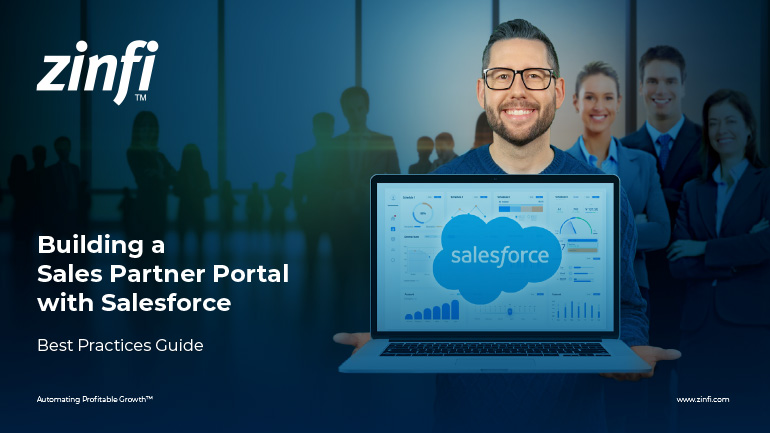 Building a Sales Partner Portal with Salesforce Best Practices
Building a Sales Partner Portal with Salesforce Best PracticesDownload Guide
 Building and Managing Partner Ecosystems Best Practices
Building and Managing Partner Ecosystems Best PracticesDownload Guide
 Mastering Co-Marketing and Co-Selling Best Practices
Mastering Co-Marketing and Co-Selling Best PracticesDownload Guide
 Transforming Partner Ecosystems Best Practices
Transforming Partner Ecosystems Best PracticesDownload Guide
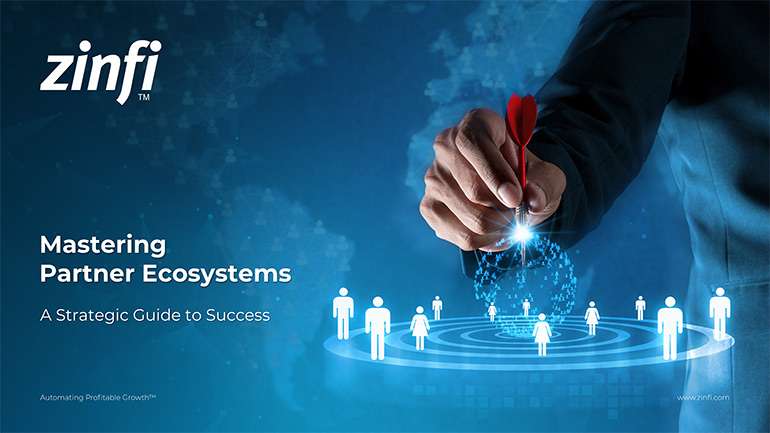 Mastering Partner Ecosystems Best Practices
Mastering Partner Ecosystems Best PracticesDownload Guide
 Mastering Partner Onboarding Best Practices
Mastering Partner Onboarding Best PracticesDownload Guide
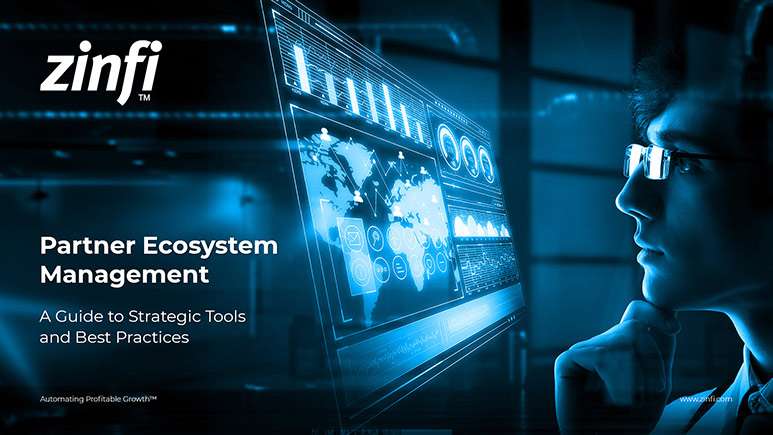 Partner Ecosystem Management Best Practices
Partner Ecosystem Management Best PracticesDownload Guide
 B2B Marketing in the Age of Intelligence Best Practices
B2B Marketing in the Age of Intelligence Best PracticesDownload Guide
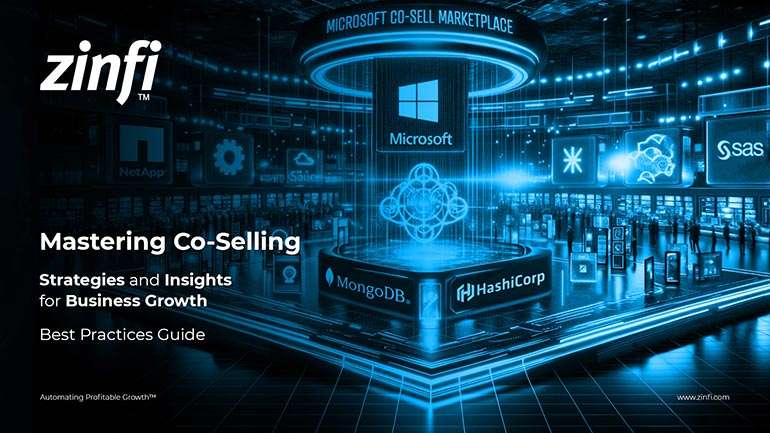 Multi-Partner Co-Selling Best Practices
Multi-Partner Co-Selling Best PracticesDownload Guide







